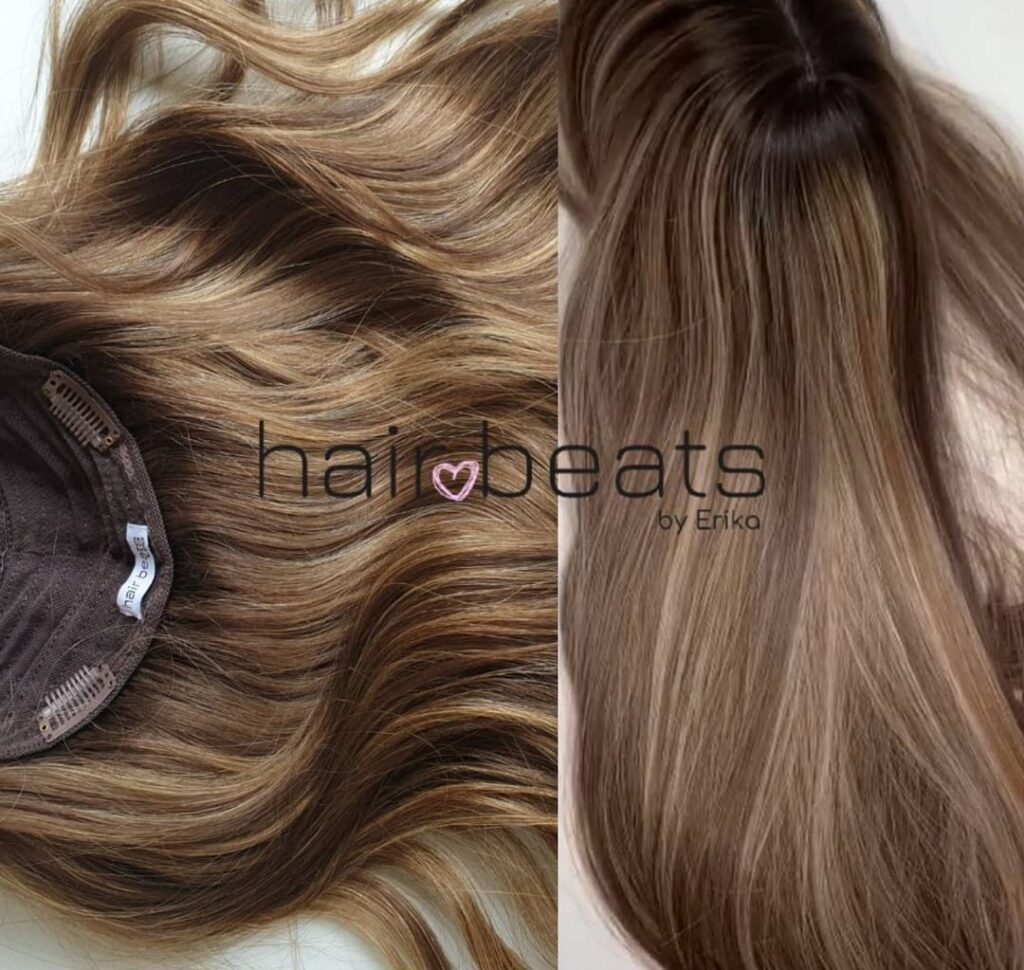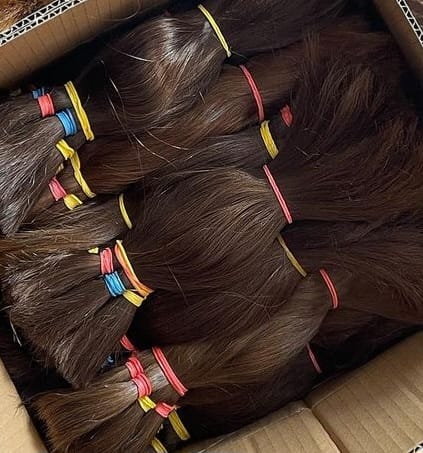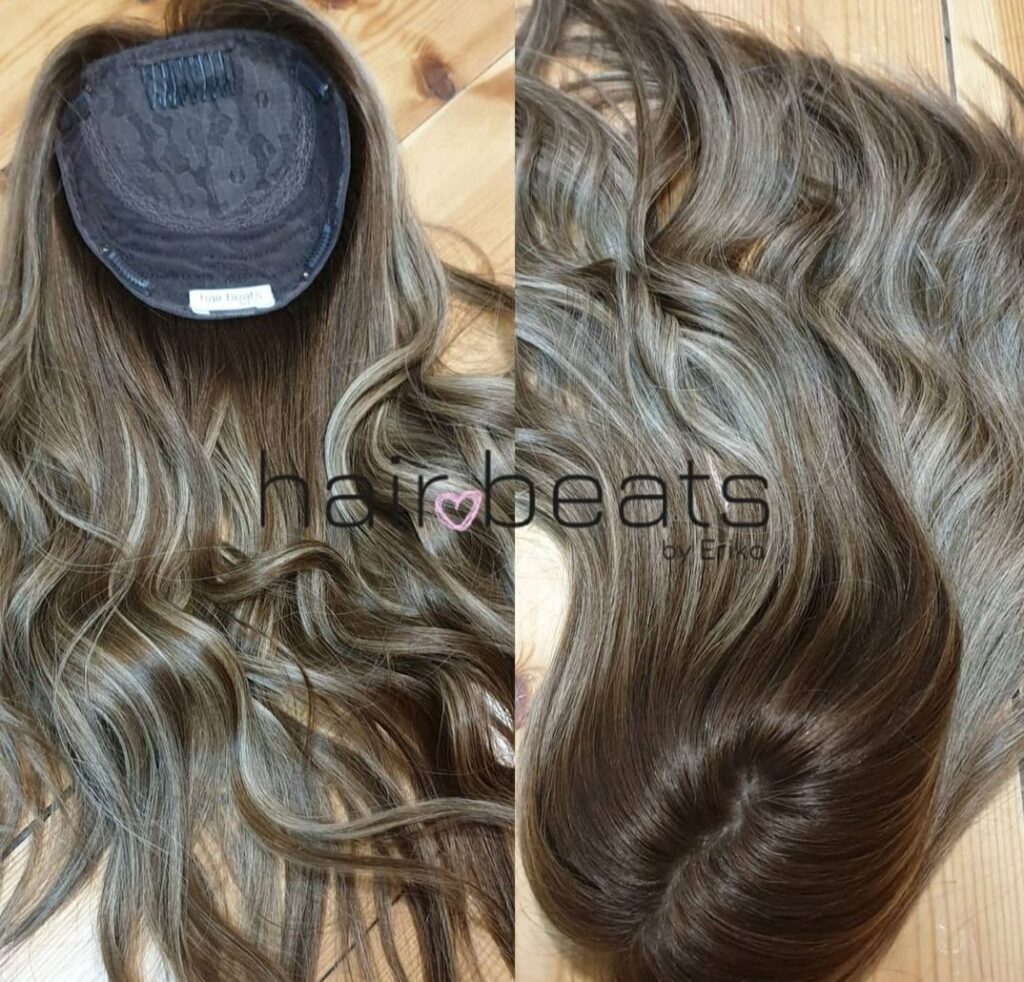How Much Does A Real Wig or Hair Topper Cost?
The Price Inflation Game & The Real Cost Of Hair
AKA – Don’t fall into the trap of equating high prices with superior quality.
The Real Cost Of Hair
Social media platforms like Instagram have significantly boosted the popularity of human hair wigs. hair toppers and extensions. Were you aware that a single human hair wig, one of the priciest, fetched a staggering sum exceeding $10,000? WHAAAAAAAT?????????? 10K for awig??? Why?????? How is this possible??
Oh…..BRANDING AND MARKETING, HERE YOU GO!
Now, this intriguing fact has come to your attention. But what drives the soaring cost of human hair? The exorbitant price tags attached to human hair wigs stem from a myriad of factors, including an exceptionally high demand coupled with an extremely limited supply.
The most superior human hair wigs are meticulously crafted using hair sourced directly from individuals, yet these also happen to be the most costly and time-consuming to produce.
Considering that human hair grows at a leisurely rate of approximately half an inch each month, the steep price becomes less astonishing. Hair Brands have glamorous offices and staff members dedicated to customer service…Continue reading to unravel the intricacies of what renders human hair so prohibitively expensive.
Don’t Let High Prices Fool You: Quality and Hairpieces
When it comes to buying hairpieces, navigating through the sea of options can be overwhelming. The hair-wearing world is full of jargon, brands, and marketing strategies designed to make you believe that a high price equates to higher quality. In reality, this is often not the case. Let’s dive into the complexities of hair quality, types, and design to highlight some common misconceptions.

Synthetic vs. Human Hair: The Price-Quality Paradox – The real cost of hair
One of the first decisions you’ll face in your journey to finding the perfect hairpiece is choosing between synthetic and human hair. While synthetic hairpieces may initially seem more affordable, it’s important to understand their limitations. Synthetic hair is typically made from various plastics to mimic real hair, but it lacks the longevity and versatility of human hair.
Synthetic hairpieces usually last only 3-12 months, which means you’ll have to replace them frequently. Additionally, synthetic hair can’t be styled with heat or colored, limiting your options for customization. The shine of synthetic hair is often due to a silicone coating, which can wear off after a few washes. In terms of realism, synthetic hair falls short compared to human hair.
On the other hand, human hair, though generally priced higher, offers superior durability and versatility. With proper care, you can expect a human hairpiece to last 2-3 years with daily wear. You can style it with heat, color it, and treat it just like your natural hair. Human hairpieces are also easier to incorporate into updo styles like ponytails and buns. While the upfront cost may be higher, the long-term investment is more cost-effective, and you gain a higher level of realism and versatility.
The Myth of Hair Grades: Marketing or Quality?
As you delve deeper into the world of human hair, you might come across terms like ‘Brazilian hair’ or ‘Euro hair.’ It’s essential to understand that these terms are often marketing tactics employed by companies to boost sales. They suggest that the hair in a piece comes from a single location, but in reality, it may involve hair from multiple donors worldwide.

Consider this: is everyone’s hair in a particular country the same?
Of course not! Each person has unique hair characteristics regardless of their nationality. Terms like ‘remy’ indicate that the cuticles of the hair in a piece all align in the same direction, reducing the risk of tangling and matting. However, there are various grades of human hair, and some may last longer than others. Lower-grade human hair pieces, often coated in silicone for a glossy look, may only last six months.
When purchasing a human hairpiece, inquire about the quality of the hair. While lower-priced options may be tempting, they often compromise on quality. Remember, a lower cost might mean either a lower-quality product or exploitation of people involved in the production process.
Cap Construction: Finding the Perfect Fit
When choosing a hairpiece, cap construction is another crucial factor to consider. There are three common types: silk top, lace top, and mono top.
Silk Tops:
Silk tops are constructed with multiple layers of material to hide return hairs and knots. They create a flat cap and an ultra-realistic part line. These tops are highly durable, lasting 2-3 years with proper care. They are ideal for everyday wear and offer a natural appearance.
Lace Tops:
Lace tops consist of a single layer of lace where the hair is tied. They are lightweight and breathable, making them great for sleek or voluminous styles. However, return hairs may be more visible. Lace tops typically last 1-1.5 years with daily wear, making them suitable for special occasions or occasional use.
Mono Tops:
Mono tops have hair sewn into a single layer of fabric. While more durable than lace tops, they may not look as realistic. They tend to sit higher on the head and can be ideal if you prefer high-volume styles. However, not all mono tops offer flexibility in parting.

In Conclusion, Price ≠ Quality
In conclusion, don’t fall into the trap of equating high prices with superior quality when shopping for hairpieces. Instead, focus on understanding the material, construction, and grades of hair used in the piece. Opt for options that align with your needs and preferences, and always prioritize quality over brand hype. Your perfect hairpiece can offer both affordability and authenticity if you do your research and make informed choices.
